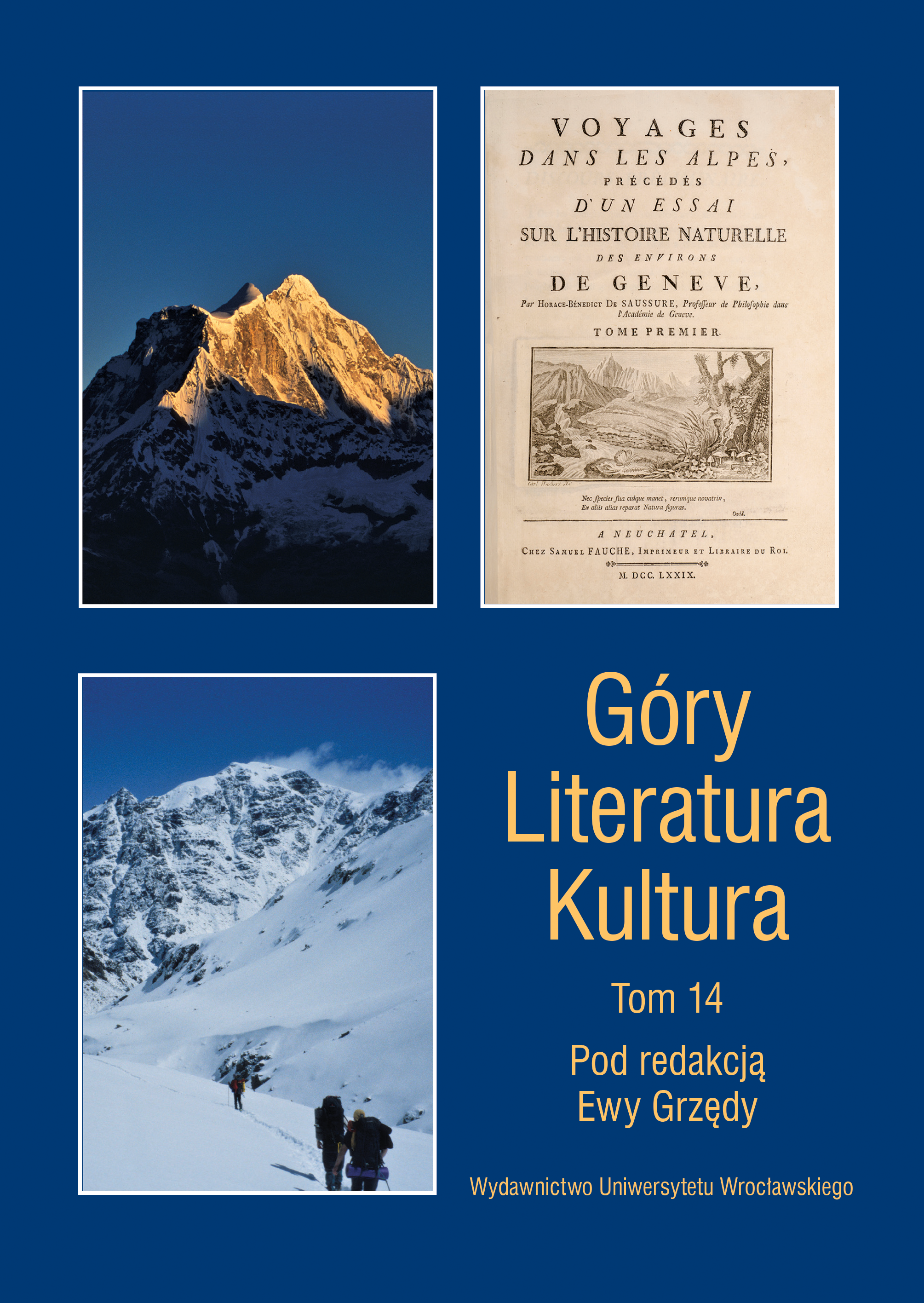

Rozprawy i szkice

Among the processes of “conquering, developing and appropriating mountains” is occupied by the emergence of mountain topography. In the eighteenth century raised relief, as a terrain model, played one of the most important roles in this process.
This was a period when more reliable topographic data began to be collected on the basis of measurements carried out across the Alps. Possibilities of their cartographic representation were limited at the time. A graphic method for presenting orthogonal projection by means of contour curves was not invented until the nineteenth century. Before that three-dimensional terrain models were the only way to correctly represent various levels of landscape. Terrain models were accepted at the time as the best method for presenting mountain landscapes.
The first attempt to carry out a comprehensive measurement of the Alps over a vast area of a continuous mountain range and represent it on a low relief was made in 1786 and concerned an area in central Switzerland around Lake Lucerne. At that time Franz Ludwig Pfyffer von Wyher, an officer in French service, became famous for advanced surveying techniques and terrain models, both civilian and military. His famous relief depicts around one-tenth of today’s Switzerland, with two-thirds of the area encompassing the Alps and foot of the Alps. From that moment on other authors began to create their models of Alpine landscape. These reliefs were appreciated by contemporary naturalists, especially those studying the Alps, because they enabled them to view the complex topography of the range, which had been impossible before. They drew attention to a number of natural and geological phenomena, and made it possible to come up with new findings relating to the following questions: At what altitude should the snow line be placed? Where is the boundary of vegetation? Where do coniferous forests begin? Where is the line of glaciers? What is the structure of the mountains? Obviously, they were not sufficient to provide all answers to the above questions, but thanks to a “bird’s eye” perspective they made it possible to place special studies of the various disciplines within a broader context, both with regard to the relevant subject matter and between disciplines.